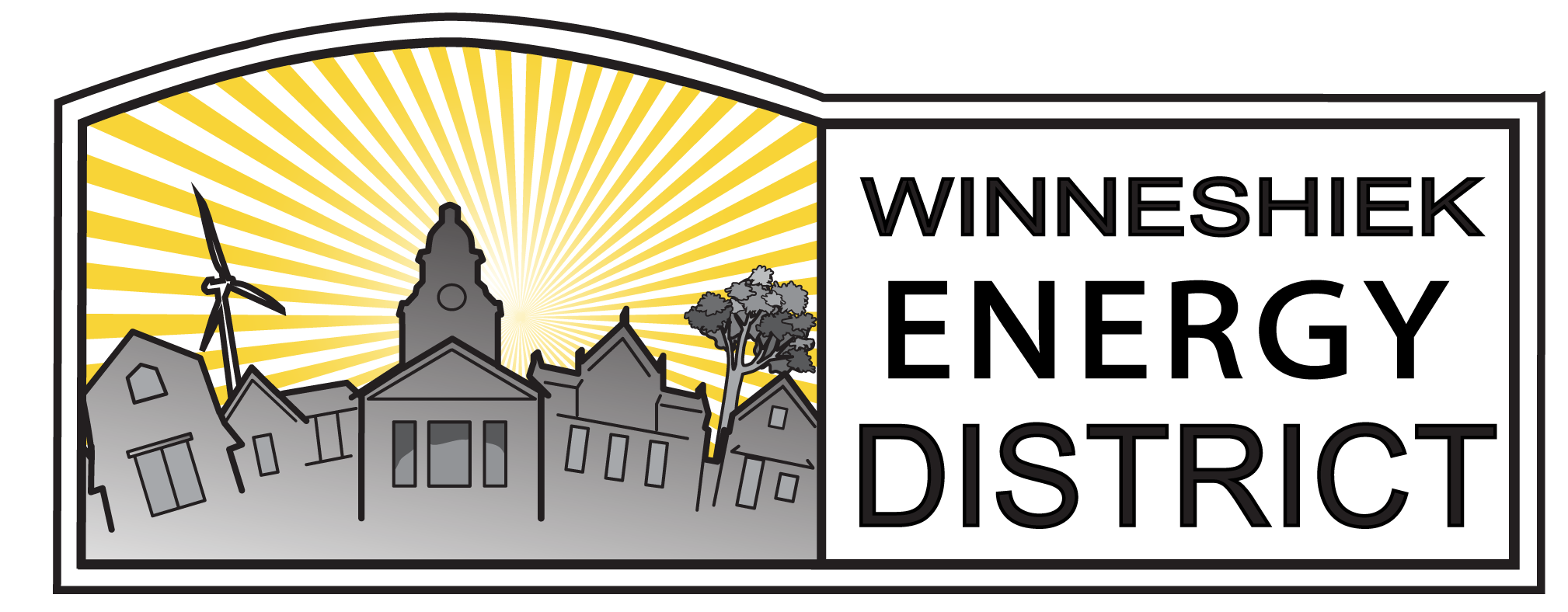Introducing the Home Energy Snapshot
Have you ever wondered how your home’s energy use stacked up against the universe of similar homes in your area, and how much improvement potential you have? Or have you been shopping for houses and wanted to compare a “miles per gallon” rating for houses?
The issue of “Home Energy Scoring” has made significant progress in recent years, but is still in its infancy. Winneshiek Energy District is not satisfied with what’s out there, so we’ve built our own tool.
We’re calling our tool the “Home Energy Snapshot”. It’s a pretty simple user interface: sign in with an email address, enter your data, and get an “Energy Snapshot” pdf to save, print, or email. Data entry includes some basic home information, a year’s worth of actual energy (utility) usage, and on-site renewable energy info if there is any. The Snapshot then provides a simple summary of all this PLUS a graph showing your actual home energy use COMPARED TO OTHER HOMES in our climate and geographic region.
The comparison is made based on annual energy used per square foot. Square footage includes basements, but homes with basements are only compared to other homes with basements. The same goes for homes without basements. The Snapshot is based on a recent 12 months of REAL ENERGY DATA, so it’s an accurate picture of that home, with those occupants, during a recent year.
This is a key point to make, and the reason why we are jumping into the national debate on home energy scoring. We believe there is a fundamental problem with current home energy scoring: it is not based on real energy usage data. That’s right, the existing home energy labels out there use modeling data to predict how much energy a given home SHOULD use, but they don’t actually correlate this with how much energy a home DOES use.
There are good reasons for this, chief among them that different occupants will “drive” a home very differently. One family may use much more energy than another in the same home. So “asset” scoring tries to factor out user variability by only taking into account the physical characteristics, or “assets”, of the home. The problem is, houses are notoriously difficult to “model”, and though these approaches are fairly good at judging new homes, they come up with wildly inaccurate estimates of energy usage for many existing homes.
The answer, in our opinion, is to default to an “operational” scoring approach: use 12 months of real energy data for the home AS OPERATED by the current occupants. Show how the home fits within the larger universe of homes in a similar climate and geographic region. Then present the major factors related to current occupants that would be most likely to result in varying energy use, and help the viewer interpret how they or others may use more or less energy in that home.
We’re proud to say the Energy District’s Home Energy Snapshot is – as far as we know – the first “operational” home energy label in the country. It’s still under development but we’d love for you to take it for a test run! Then please send us your thoughts – good, bad, and ugly – because we hope to dramatically increase usage of the tool, for households interested in improvement potential, and also for use in the real estate marketplace.
